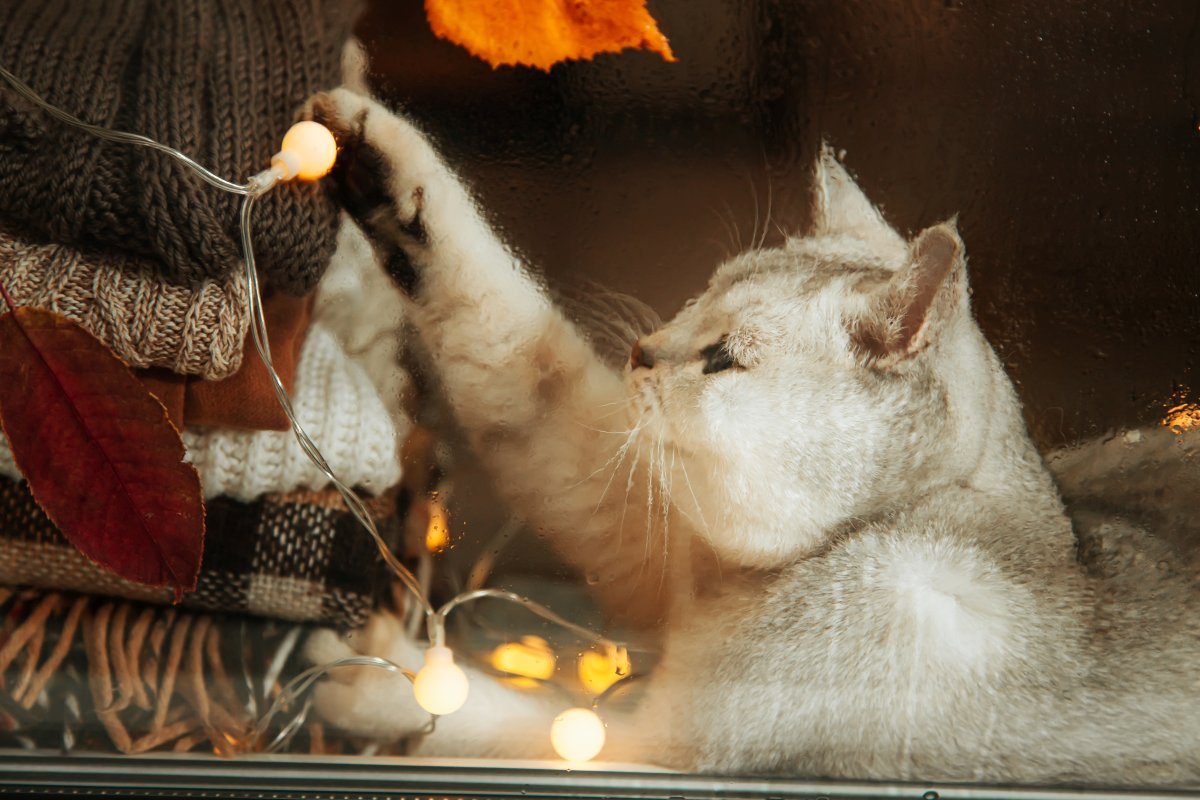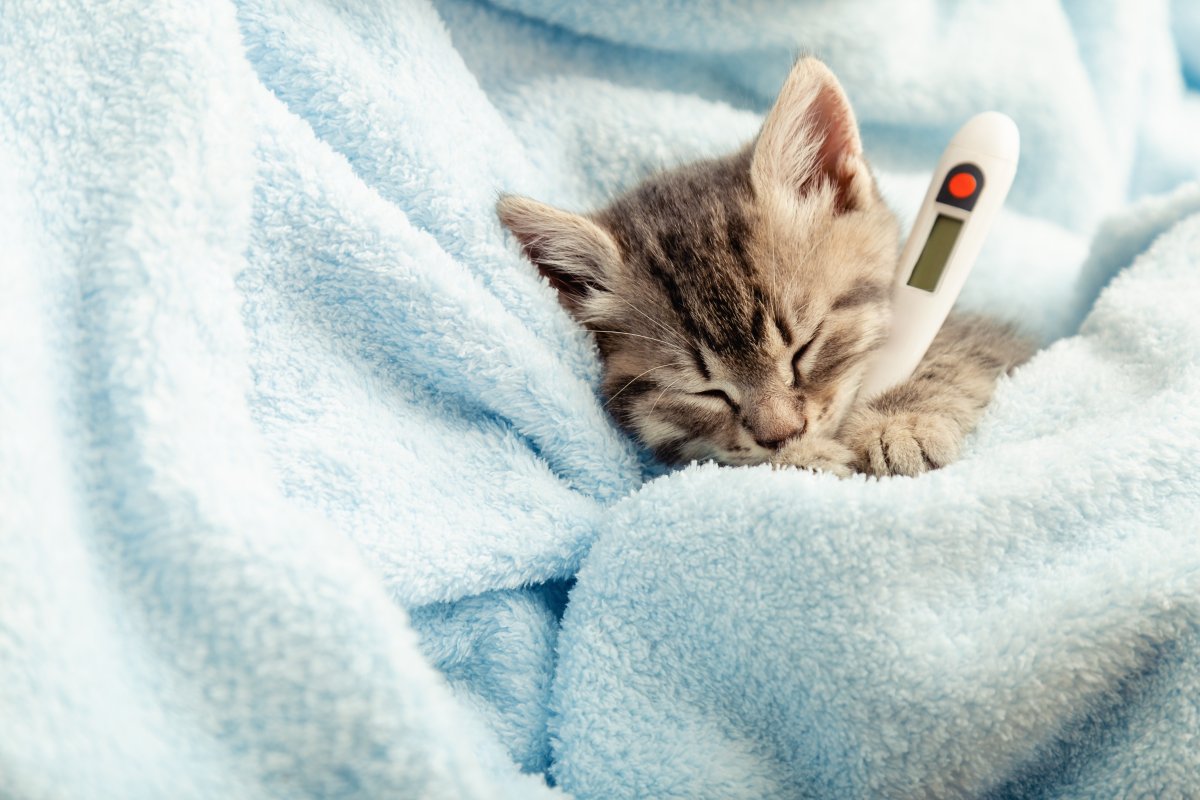Cats, like humans, require both physical and mental activity to stay fit, healthy, and happy. Adequate physical and mental activity helps to reinforce your cat’s excellent behaviors and makes them less vulnerable to behavioral difficulties. When cats do not get sufficient exercise, they may exhibit disruptive behaviors such as nighttime restlessness, clawing at undesirable surfaces, or showing aggressiveness.
Here are some suggestions on how to play with your cat safely:
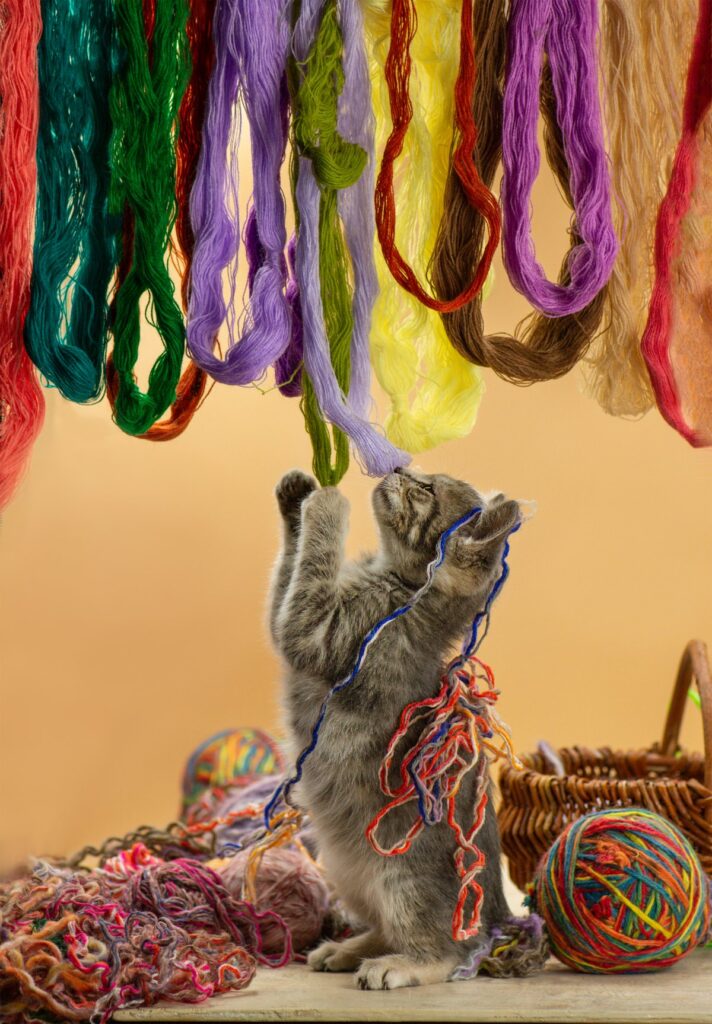
When Cats Aren’t Playing, How Do They Act?
Observing how your cats interact with one another when they are not playing might help you determine how bad the matter is. They are probably only playing if they clean each other, snuggle, or otherwise coexist harmoniously.
On the other hand, some cats may feel harassed or anxious around one another as they are fighting rather than playing. In such cases, they may ignore each other or even growl when the other comes close. They may become agitated if they contact each other by accident. You may also notice nervousness in one or both cats. These indicators include urinating outside the litter box, being overly aggressive, and even striking out at you.
Mistakes You Should Avoid When Playing with Your Cat
When playing with cats, numerous things can go wrong. Read the following guidelines to avoid the most typical mistakes that you may make by accident:
❖ Toys Left Around
When you’re finished playing with your feline friend, remember to put their toys away. Your cat doesn’t require their toys when you’re not playing with them. Some toys can potentially cause pain if the cat is unsupervised.
Cats are curious creatures that enjoy being startled and confronted. When you leave their toys around them, they lose their attractiveness and get bored when playing. Cats are always willing to try new activities and gain new experiences.
❖ Failure to Recognize Warning Signs
Cats are adept at expressing their emotions. Not understanding these cues is a significant disadvantage when playing with your cat the right way. When felines are uninterested, they usually offer a warning. It could begin with striking their tails, and they may slap at your hand or back away. These movements are frequently accompanied by unambiguous expressions of dissatisfaction such as snarling, biting, or growling. If this occurs, let your pet alone.
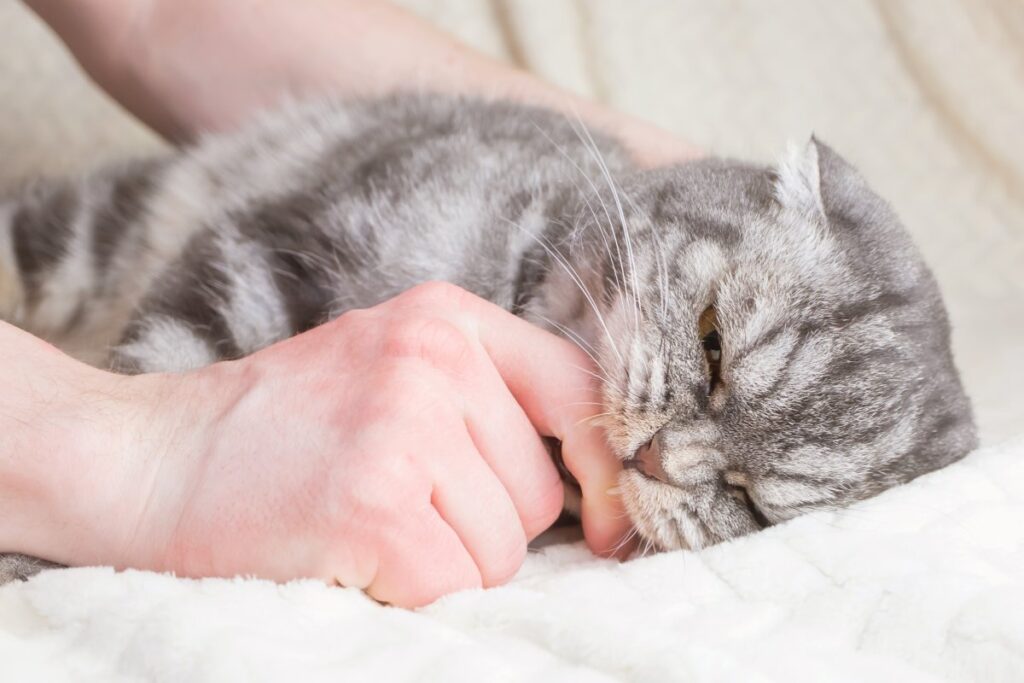
❖ Making Use of Fingers as Prey
It is lovely to see your cat swat at your fingers and try to bite you with those small teeth while they were young, but it’s not appealing when they become full-grown cats. It is considerably tougher to train an adult cat out of this behavior than to avoid it, so make sure everyone who comes to see your cat uses a toy rather than their hands or feet.
❖ Don’t Stop Your Cat from Winning
During engaging playtimes, your cat requires both mental and physical stimulation. Throughout the game, they need changes for successful grabs. Consider the toy to be captured prey but can squirm away a few times. Slowly drag the toy toward the end of the game, allowing the cat to have one final great conquest.
❖ Giving Out Old and Damaged Toys
Check that your cat’s stuffed toys have safe material and no little bits of the material is ingested. Toys explicitly designed for pets are usually harmless. When plush animals become too worn, replace them. You don’t want your cat eating something they shouldn’t.
❖ Not Establishing Boundaries
Animals are similar to humans in many ways. They might walk over you if limitations are not set from the beginning. All cats thrive on constancy, and some may even respond negatively to changes.
Set rules and limitations early on and adhere to them. It makes your cats great companions, but it also reduces confusion and frustration when they are punished for behavior that is usually acceptable.
Tips to Make Playtime Fun and Safe with Your Feline Companion
Playing with your cat should be enjoyable and safe at the same time. With multitudes of alternatives available, determining which toys are ideal for your cat can be demanding.
Check out some suggestions for keeping your feline buddy happy and safe below.
❖ Make a Daily Schedule
Cats have a strong sense of routine, and they will be more likely to be active if they know that their playtime is scheduled at a specific time of the day. Two play sessions per day are ideal, and if you can only do one, it’s better to do it in the evening to ensure the cat is relaxed and comfortable at bedtime. Engaging in playtime in the evening with your cat is a behavioral therapy technique.
❖ Don’t Overburden Your Cat
These activities can be a great deal of fun, and your cat will undoubtedly like them for some time. But, if your cat is a kitten, stressing or wearing them out can be harmful. You don’t want your feline buddy to miss out on playing with you, as these activities also include mental and physical benefits.
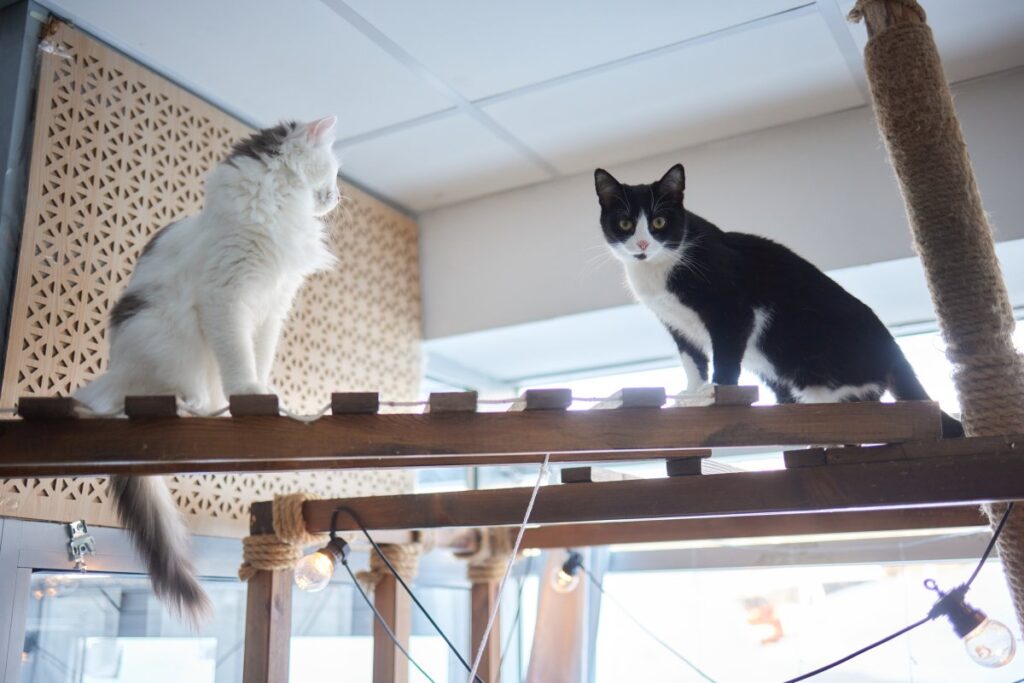
❖ Climbing Toys
Cats adore climbing, and a cat tower is an ideal toy. A multi-tiered scratching post would provide your cat with a feeling of comfort. You may make their climbing more intriguing by hiding treats on the levels of their climbing toys and seeing how quickly they can seek out their goodies.
❖ Yarn or Ribbon
Cut a piece of yarn or ribbon and drag it across the floor. When your cats see the attractive bit of thread, they will energetically bolt right for it. Remember to put it away after you and your cat are done playing with it. You don’t want your feline companion to ingest the string and choke.
Playing with your cat should be enjoyable, so don’t overthink it. When playing with your cat, all you have to do is pay attention, keep her safe, and respect her emotions.




